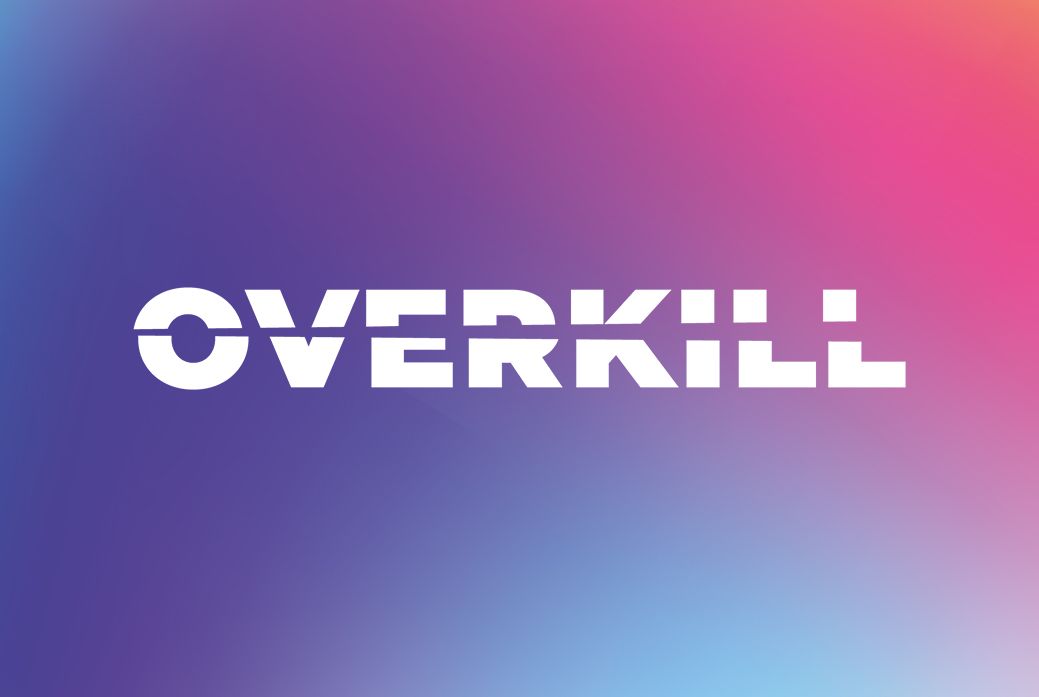
Sports Coaching Platforms Sales Market
HTF MI just released the Global Sports Coaching Platforms Sales Market Study, a comprehensive analysis of the market that spans more than 143+ pages and describes the product and industry scope as well as the market prognosis and status for 2025-2032. The marketization process is being accelerated by the market study’s segmentation by important regions. The market is currently expanding its reach.
Major companies profiled in Sports Coaching Platforms Sales Market are: CoachUp, MyCoach, Hudl, Sportlyzer, Coachbase, TeamSnap, XPS Network, Krossover, Coach’s Eye, CoachAccountable, CoachLogic, VEO, Dartfish, Spond, NCSA, Fusion Sport, DICK’s Team Sports Hub, PlaybookUX, OpenSports, SquadFusion, Teamer, BenchPrep, CompleteCoach, VirtuReal, iSportsAnalysis, Sportlyzer, CoachNow.
Request PDF Sample Copy of Report: (Including Full TOC, List of Tables & Figures, Chart) @ https://www.htfmarketinsights.com/sample-report/1635505-sports-coaching-platforms-sales-market?utm_source=Tina_OpenPR&utm_id=Tina
https://www.htfmarketinsights.com/sample-report/1635505-sports-coaching-platforms-sales-market?utm_source=Tina_OpenPR&utm_id=Tina
HTF Market Intelligence projects that the global Sports Coaching Platforms Sales market will expand at a compound annual growth rate (CAGR) of 14.4% from 2025 to 2032, from 1.9 Billion in 2025 to 5.7 Billion by 2032.
The following Key Segments Are Covered in Our Report
By Type
AI Video Analysis, Mobile App-based, Web Portal, IoT-integrated, VR, Sport-specific, SaaS, LMS
By Application
Training Academies, Schools, Teams, Individual Athletes
Definition: Sports coaching platforms are digital solutions that enable athletes, coaches, teams, and sports academies to manage training sessions, monitor performance, track progress, and communicate effectively. These platforms often feature tools for video analysis, training plan creation, athlete management, biometric tracking, and feedback integration. Sales of sports coaching platforms have seen significant growth due to increasing digitization in sports, the rising popularity of remote coaching, and advancements in AI and wearable tech. They are used across various disciplines from football and basketball to tennis, swimming, and martial arts.
Market Trends:
• Gamified training, Wearables sync
Market Drivers:
• Youth sports growth, Home training demand
Market Challenges:
• Coach resistance to tech, Monetization hurdles
Dominating Region:
• North America
Fastest-Growing Region:
• Asia Pacific
Get (10-25%) or More Discount on Instant Purchase  https://www.htfmarketinsights.com/request-discount/1635505-sports-coaching-platforms-sales-market?utm_source=Tina_OpenPR&utm_id=Tina
https://www.htfmarketinsights.com/request-discount/1635505-sports-coaching-platforms-sales-market?utm_source=Tina_OpenPR&utm_id=Tina
The titled segments and sub-section of the market are illuminated below:
In-depth analysis of Sports Coaching Platforms Sales market segments by Types: AI Video Analysis, Mobile App-based, Web Portal, IoT-integrated, VR, Sport-specific, SaaS, LMS
Detailed analysis of Sports Coaching Platforms Sales market segments by Applications: Training Academies, Schools, Teams, Individual Athletes
Geographically, the detailed analysis of consumption, revenue, market share, and growth rate of the following regions:
• The Middle East and Africa (South Africa, Saudi Arabia, UAE, Israel, Egypt, etc.)
• North America (United States, Mexico & Canada)
• South America (Brazil, Venezuela, Argentina, Ecuador, Peru, Colombia, etc.)
• Europe (Turkey, Spain, Turkey, Netherlands Denmark, Belgium, Switzerland, Germany, Russia UK, Italy, France, etc.)
• Asia-Pacific (Taiwan, Hong Kong, Singapore, Vietnam, China, Malaysia, Japan, Philippines, Korea, Thailand, India, Indonesia, and Australia).
Buy Now Latest Edition of Sports Coaching Platforms Sales Market Report  https://www.htfmarketinsights.com/buy-now?report=1635505
https://www.htfmarketinsights.com/buy-now?report=1635505
Sports Coaching Platforms Sales Market Research Objectives:
– Focuses on the key manufacturers, to define, pronounce and examine the value, sales volume, market share, market competition landscape, SWOT analysis, and development plans in the next few years.
– To share comprehensive information about the key factors influencing the growth of the market (opportunities, drivers, growth potential, industry-specific challenges and risks).
– To analyze the with respect to individual future prospects, growth trends and their involvement to the total market.
– To analyze reasonable developments such as agreements, expansions new product launches, and acquisitions in the market.
– To deliberately profile the key players and systematically examine their growth strategies.
FIVE FORCES & PESTLE ANALYSIS:
In order to better understand market conditions five forces analysis is conducted that includes the Bargaining power of buyers, Bargaining power of suppliers, Threat of new entrants, Threat of substitutes, and Threat of rivalry.
• Political (Political policy and stability as well as trade, fiscal, and taxation policies)
• Economical (Interest rates, employment or unemployment rates, raw material costs, and foreign exchange rates)
• Social (Changing family demographics, education levels, cultural trends, attitude changes, and changes in lifestyles)
• Technological (Changes in digital or mobile technology, automation, research, and development)
• Legal (Employment legislation, consumer law, health, and safety, international as well as trade regulation and restrictions)
• Environmental (Climate, recycling procedures, carbon footprint, waste disposal, and sustainability)
Get customized report  https://www.htfmarketinsights.com/customize/1635505-sports-coaching-platforms-sales-market?utm_source=Tina_OpenPR&utm_id=Tina
https://www.htfmarketinsights.com/customize/1635505-sports-coaching-platforms-sales-market?utm_source=Tina_OpenPR&utm_id=Tina
Points Covered in Table of Content of Global Sports Coaching Platforms Sales Market:
Chapter 01 – Sports Coaching Platforms Sales Executive Summary
Chapter 02 – Market Overview
Chapter 03 – Key Success Factors
Chapter 04 – Global Sports Coaching Platforms Sales Market – Pricing Analysis
Chapter 05 – Global Sports Coaching Platforms Sales Market Background or History
Chapter 06 – Global Sports Coaching Platforms Sales Market Segmentation (e.g. Type, Application)
Chapter 07 – Key and Emerging Countries Analysis Worldwide Sports Coaching Platforms Sales Market
Chapter 08 – Global Sports Coaching Platforms Sales Market Structure & worth Analysis
Chapter 09 – Global Sports Coaching Platforms Sales Market Competitive Analysis & Challenges
Chapter 10 – Assumptions and Acronyms
Chapter 11 – Sports Coaching Platforms Sales Market Research Methodology
Thanks for reading this article; you can also get individual chapter-wise sections or region-wise report versions like North America, LATAM, Europe, Japan, Australia or Southeast Asia.
Contact Us:
Nidhi Bhavsar (PR & Marketing Manager)
HTF Market Intelligence Consulting Private Limited
Phone: +15075562445
sales@htfmarketreport.com
About Author: HTF Market Intelligence is a leading market research company providing end-to-end syndicated and custom market reports, consulting services, and insightful information across the globe. With over 15,000+ reports from 27 industries covering 60+ geographies, value research report, opportunities, and cope with the most critical business challenges, and transform businesses. Analysts at HTF MI focus on comprehending the unique needs of each client to deliver insights that are most suited to their particular requirements.
This release was published on openPR.





























































